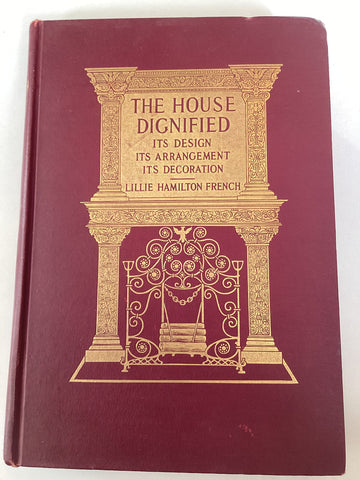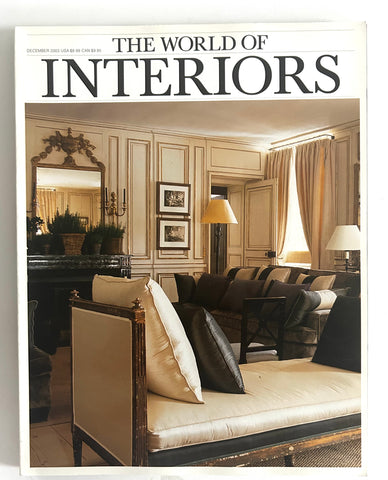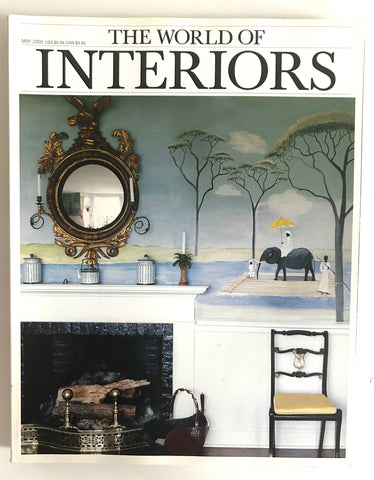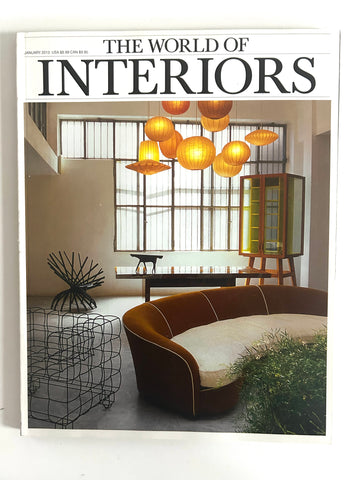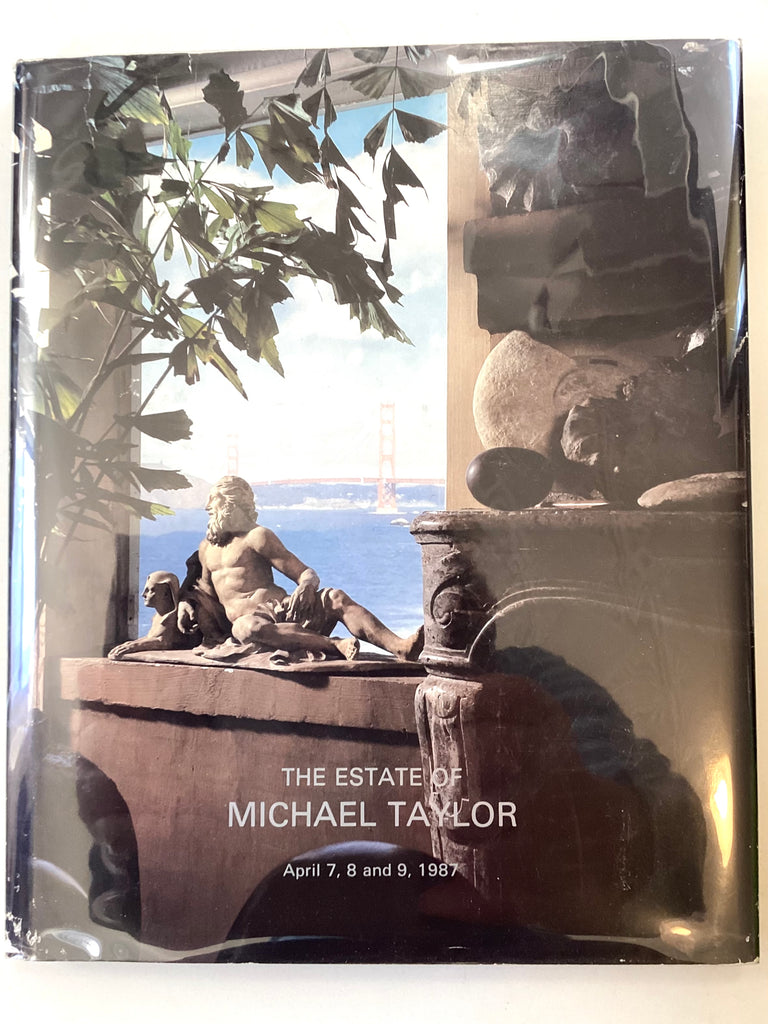
The Estate of Michael Taylor
Michael Taylor Interiors
After dissolving his partnership with Frances Mihailoff, Taylor set up Michael Taylor Interiors, Inc. on Sutter Street in San Francisco in 1956. Working for prominent San Francisco families, Taylor's reputation grew quickly. What was, at first, a clientele of San Francisco Bay Area socialites soon expanded to Los Angeles, Miami and New York. International acclaim followed and Taylor soon started working abroad as well.[3]
Michael Taylor Designs Inc.
In 1985 Paul Weaver, former Director of Marketing and VP of McGuire Furniture, approached Taylor with a plan to develop and expand the nascent Michael Taylor Designs product line offered by Taylor's interiors company into a new entity. Michael Taylor Designs Inc. was officially incorporated on August 5, 1985. After Taylor's death in 1986 Weaver assumed full control and over the subsequent 24 years greatly expanded the product lines, established nationwide sales showrooms and developed the Taylor brand into one of the most recognized luxury products in the home furnishing industry.
Design Philosophy
Taylor's distinct "California Look" begins as an amalgamation of different styles, mixed with his own unique twists and has been called "a posthumous collaboration with some of the great decorators of the past."[5] Starting with Syrie Maugham's emphasis on shades of white, adding in the ornateness of Sister Parish and the simple exquisiteness of Frances Elkins' design; Taylor would then infuse his own style. A look born in the past yet completely new.[6]
Implicit in that design philosophy was a melding of styles and ages. A set of antique Italian chairs beside a Roy Lichtenstein print; Chinese chairs set around an unvarnished wood table atop a Yosemite granite base.[3] He stated, "there is no arbitrary law which says that an eighteenth-century French chair and a Sheridan can't be used in the same room. The only consideration is how well these or other pieces look together; do they compete with each other or do they create a felicitous sense of contrast?" And while this fusion seems commonplace now, it was largely unheard of before Michael Taylor.[6]
An important piece of the Taylor design aesthetic was to bring the outdoors in, adding natural forms into ornate rooms. Plants were a must and he'd often use large, unshaped boulders indoors. His childhood in northern California, spending lots of time outdoors, fed his desire for nature infused rooms. But this also served a practical design purpose, as he said, "Plants have a way of preventing a room from appearing overdecorated; they also soften light."[6] And the effect of light on a room drove many of his design decisions.
Although noted for his extensive use of the color white, Taylor didn't use white as the centerpiece for the room but rather to bring out the lighting and other aspects in the room. Michael Taylor White, his own hue (warmer than plain white), worked to promote the other colors, a source of light and/or a piece of art. White also served to bring light into the room, making it warmer.[6] Taylor would often spend an entire day in a room before designing it. Watching the way the light worked through the room at different points of the day. Only then, when he had a grasp of the light patterns, would he begin to design.[3]
Simplicity was vital to Taylor's style. His famous saying, "When in doubt, throw it out," was a design mantra of sorts. As he stated, "If (a room) is properly put together, it is often more refreshing to have a wall with nothing hanging on it."[6] However, with a simplified design palette the room risked becoming too sparse and this is where Taylor says his use of scale came into play, "When you take things out, you must increase the size of what's left."[3] And so Taylor's famed voluminous sofas and chairs came about.
Finally, and perhaps most radically, Taylor insisted that a room never look perfectly finished. As he wrote in his 1964 essay, "A New Look at Decorating":
The most beautiful rooms are those that retain a feeling of not being quite finished. There is still a place for a painting on that wall, still a chair to be found that will suit that corner...meanwhile the room stays alive, young and growing...(A room) should not be 'too perfect.' Perfection in every detail usually makes a room look studied, formal, rather dull, and even forbidding.[6]
Legacy
To this day, Taylor's work informs the design world. Despite passing away more than two decades ago, Taylor has been repeatedly featured in Architectural Digest, most recently in the January 2010 issue.[1] The February 2010 issue of San Francisco magazine's cover feature on up and coming interior designers declared Taylor "the emperor of California Design," and something of a fountainhead for the movement.[7] The next month the San Francisco Chronicle referred to his design of Fleur de Lys restaurant as the "most romantic" in San Francisco.[8]
Famed designer, and one of Architectural Digest's "AD100" (their list of the 100 top international architects and interior designers), Suzanne Tucker was Taylor's protégé. In a 2007 interview, Tucker said, "Michael Taylor was undoubtedly my strongest philosophical influence in that he really demonstrated that design can be a mix of eras and styles, color and form, but the most essential aspect is always scale and proportion."[9]
After Taylor's death in 1986, Tucker together with partner, Timothy F. Marks, bought his interior design business, Michael Taylor Interiors, Inc. which has since become Tucker & Marks, Inc. Paul Weaver acquired 100% of the shares in the furniture company, Michael Taylor Designs, in 1986 and operated it until its sale in 2009. Michael Taylor Designs continues to operate showrooms in San Francisco, Los Angeles, Chicago, Miami and New York.
